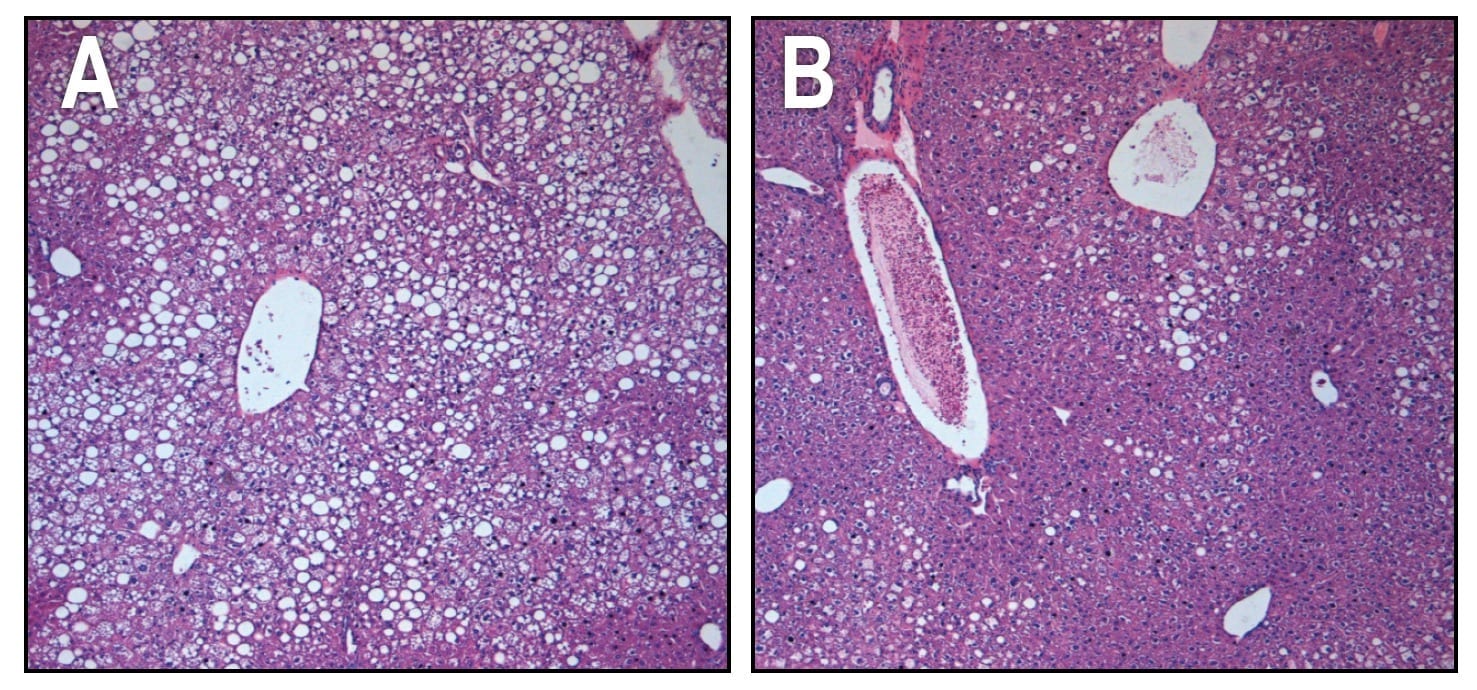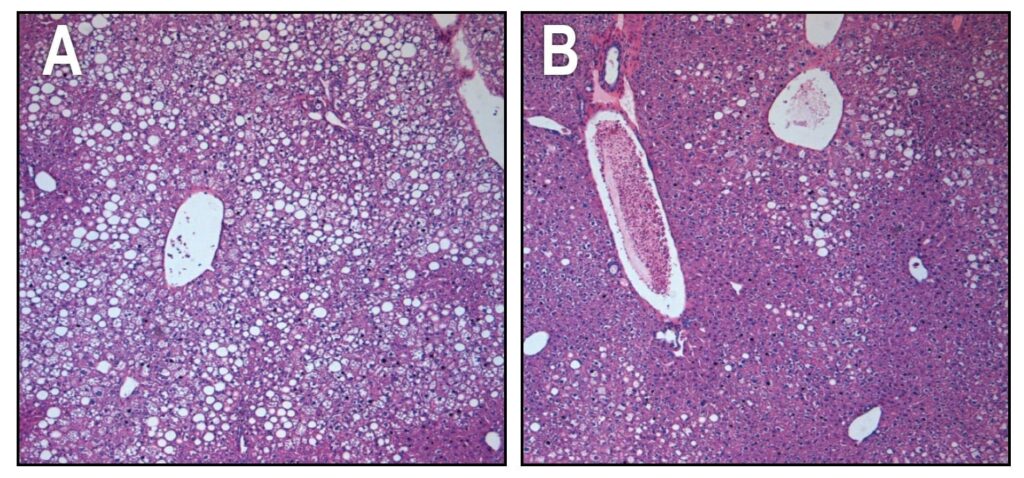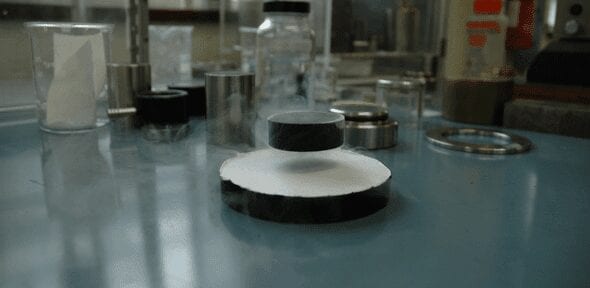 Treatment reverses symptoms of type 2 diabetes in mice without side effects.
Treatment reverses symptoms of type 2 diabetes in mice without side effects.
In mice with diet-induced diabetes—the equivalent of type 2 diabetes in humans—a single injection of the protein FGF1 is enough to restore blood sugar levels to a healthy range for more than two days.
The discovery by Salk scientists, published today in the journal Nature, could lead to a new generation of safer, more effective diabetes drugs.
The team found that sustained treatment with the protein doesn’t merely keep blood sugar under control, but also reverses insulin insensitivity, the underlying physiological cause of diabetes. Equally exciting, the newly developed treatment doesn’t result in side effects common to most current diabetes treatments.
“Controlling glucose is a dominant problem in our society,” says Ronald M. Evans, director of Salk’s Gene Expression Laboratory and corresponding author of the paper. “And FGF1 offers a new method to control glucose in a powerful and unexpected way.”
The Latest on: FGF1
[google_news title=”” keyword=”FGF1″ num_posts=”10″ blurb_length=”0″ show_thumb=”left”]
via Google News
The Latest on: FGF1
- Differences in Osteogenic and Apoptotic Genes Between Osteoporotic and Osteoarthritic Patientson April 27, 2024 at 5:00 pm
On the contrary, FGF1 and VEGFA are two of the three genes with an increased expression in the OP group. All these results taken together suggest that osteoblastic activity is decreased in ...
- Clyde Dam FGF1 (IMAGE)on August 3, 2021 at 1:18 pm
Fragile geologic feature, Clyde Dam area, New Zealand. Disclaimer: AAAS and EurekAlert! are not responsible for the accuracy of news releases posted to EurekAlert! by contributing institutions or ...
- Restoring vision loss with a regenerative therapyon May 17, 2021 at 3:13 pm
Bradshaw and Thomas first identified acidic FGF (FGF1) and Bradshaw and the other co-founders, all of whom were his postdocs or doctoral students, continued to advance the field. The technology ...
- A strong vision for progresson May 30, 2018 at 3:55 am
Novel drugs developed by WMU researchers based on FGF1 gene and FGF2 gene are widely applied in the treatment of burns and leg and foot ulcers caused by diabetes. Led by Li, who is also a Yangtze ...
via Bing News












